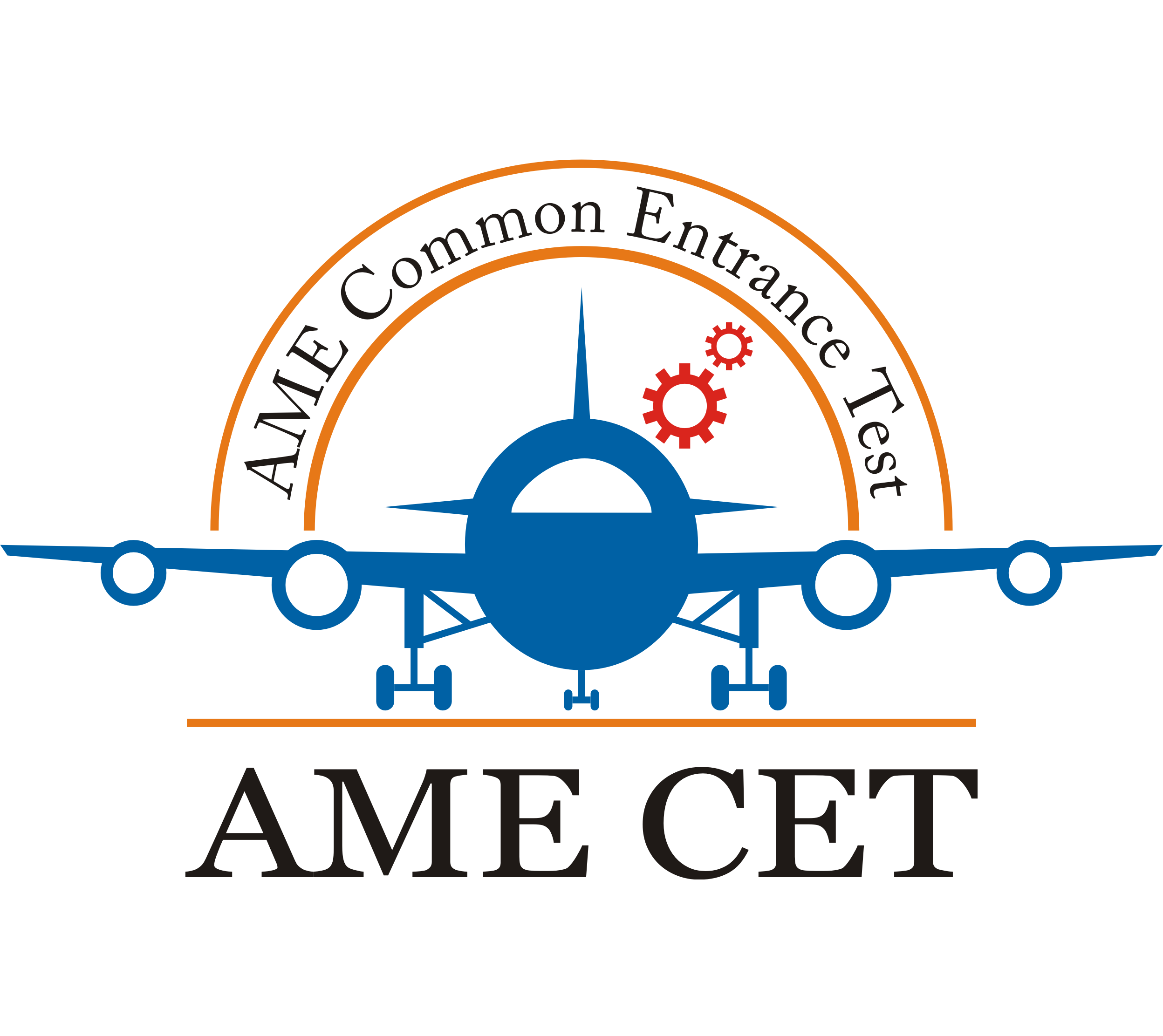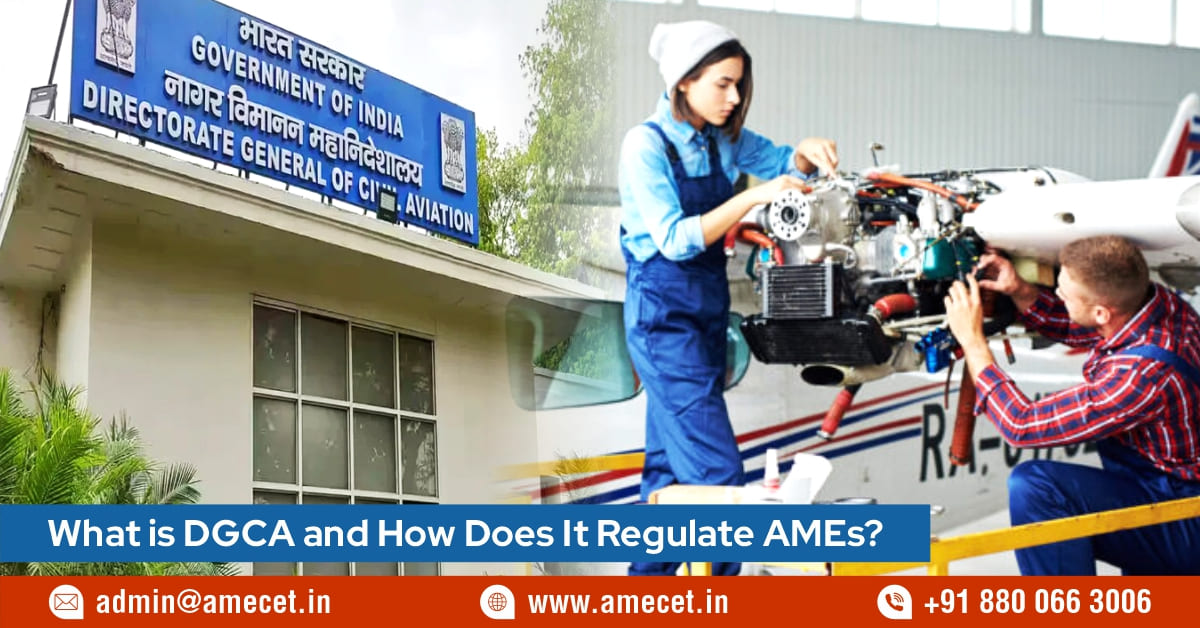What is DGCA and How Does It Regulate AMEs?
Posted on : 12 September, 2025 11:32 am
Aviation is one of the most sensitive and safety-driven industries in the world. Every aircraft that takes off must meet the highest standards of safety, and this responsibility falls on both airlines and engineers. In India, the authority that ensures these standards are followed is the Directorate General of Civil Aviation (DGCA).
For Aircraft Maintenance Engineers (AMEs), DGCA plays a central role in shaping their career, training, licensing, and professional responsibilities.
What is DGCA?
The DGCA stands for Directorate General of Civil Aviation, which is the regulatory body under the Ministry of Civil Aviation, Government of India. It is responsible for overseeing civil aviation activities in the country. Its core functions include regulating air transport services, ensuring aviation safety, maintaining airworthiness of aircraft, and issuing licenses to aviation professionals. For AMEs, DGCA acts as the primary authority that governs their training, examinations, licensing, and even the way they carry out their duties on the job. Without DGCA approval, no one can legally work as a licensed AME in India.
DGCA’s Role in Regulating AMEs
- Licensing: The most important role of DGCA is to issue AME licenses. Only after clearing DGCA examinations and meeting its standards can an individual become a certified AME. The licenses are categorized into different types such as Category A, B1, and B2, each giving engineer’s authority to work on specific aircraft systems.
- Training Institutes Approval: Not every college can offer AME training. DGCA approves and regulates AME institutions across India. These approvals ensure that the institutes follow the proper syllabus, have modern laboratories, and provide hands-on training that matches international standards.
- Examination & Certification: AME students must clear DGCA module examinations during and after their training. These exams test technical knowledge, safety awareness, and practical skills. Only after clearing them can a candidate qualify for licensing. DGCA certification acts as proof of an engineer’s competence and readiness to handle aircraft maintenance.
- Medical Fitness & Standards: Aviation safety also depends on the physical and mental health of engineers. DGCA sets clear medical fitness standards for AMEs. This includes vision, hearing, overall physical ability, and mental alertness. Periodic health checks are required to ensure AMEs remain capable of performing their duties.
- Safety Oversight: DGCA continuously monitors the work performed by licensed AMEs. This ensures that every aircraft certified by an AME is airworthy. Regular audits, inspections, and compliance checks are carried out to maintain strict safety standards.
Why DGCA Regulation is Important for AMEs
DGCA’s regulation ensures that AMEs are not just technically skilled but also globally recognized professionals. The licensing system guarantees that only qualified individuals are allowed to certify aircraft. This protects passengers, ensures safe flight operations, and builds trust in the aviation industry. For AMEs, DGCA’s approval also creates international opportunities, as DGCA licensing is respected in many parts of the world.
The Directorate General of Civil Aviation (DGCA) is the backbone of India’s civil aviation sector. From approving training institutes to issuing licenses and monitoring safety standards, DGCA regulates every aspect of an AME’s career. Its strict rules and oversight make sure that AMEs are competent, reliable, and trustworthy professionals. By regulating AMEs, DGCA not only safeguards aviation safety but also strengthens the confidence of passengers who rely on safe skies.

